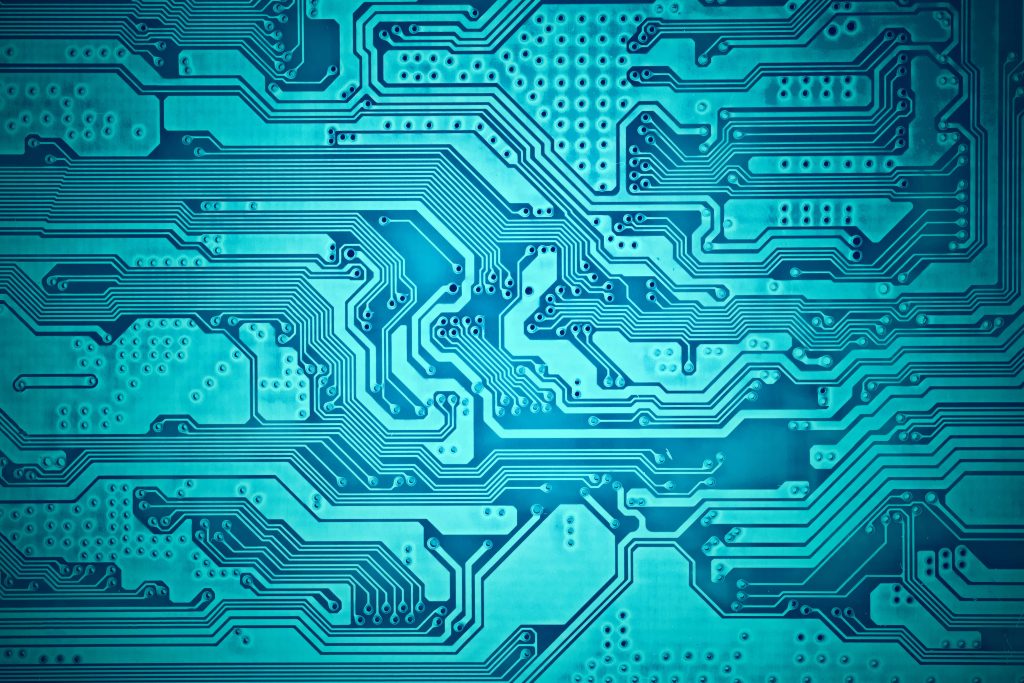PCBs for Consumer Electronics
Over the last few decades, the sheer number of products that we use each and every day that contain PCBs has increased tremendously and shows no signs of slowing down. Consumer electronics make our lives easier and we are more connected than ever before thanks to this technology. These include devices for communication, to make some aspect of our lives simpler and easier, and for entertainment purposes. Think of all the products you use each day and you will be astounded how many of them use PCBs.
A fast-growing segment of this industry is portable electronic devices.
PCB for Portable Electronics
Our portable electronics shape our lives. From our cell phones to GPS units in our cars, electronics hold a firm place in day-to-day operations. We expect them to remain functional in all conditions while keeping an acceptable battery life and working fairly quickly — and they do thanks to the PCBs that form the fiber of our portable electronics.
Purchasing the right printed circuit boards (PCBs) for your portable electronics applications is essential for creating functioning, long-lasting products that consumers will love for years to come. Learn more about the different electronics that use PCBs as well as the right styles to purchase.
What Electronics Use PCBs?
The electronics you use every day utilize PCBs. Think of your smartphone, your tablet, your computer and more. They’re all designed to pack a large amount of functionality into a small space. The PCB accomplishes that while keeping everything compact and lightweight. Portable electronics are more than just your phone, though. Picture your alarm clock and radio that goes off every morning, or the Bluetooth Speaker you take with you to every party. They all use PCBs to operate.

About Rigid-Flex PCBs
There are a variety of PCB options, but there are two specific options that are great for portable devices. The first is rigid-flex PCBs that combine the benefits of both flexible and rigid-board technology. They support flexible applications, either during the manufacturing process or final installation.
While flexible boards alone often fail to stand up to the everyday wear-and-tear of the portable electronics industry’s tough applications, rigid-flex PCBs have flexible layers sandwiched between rigid layers to increase their durability. They can be created using a variety of materials specific to your unique applications, making them ideal for many industry-specific situations.
Millennium Circuits knows that designing these boards is challenging, but we’ve been able to consult with customers on these designs successfully to ensure compliance and reliability. These PCBs need to be engineered in a 3D environment to help make the shape that works best for you. The flex design means it’s a great option if you want to reduce space and increase durability. This makes rigid-flex PCBs perfect for small portable electronics that need additional space without sacrificing performance.
About HDI PCBs
Besides rigid-flex PCBs, HDI PCBs are another option for portable electronics. HDI, or high-density interconnect boards, are becoming an increasingly important part of the electronics industry. They have more functionality in a small area and a higher circuitry density per unit compared to other PCBs. They can come with a variety of features including but not limited to:
- Through vias and buried vias
- At least two layers with through vias
- Coreless construction with layer pairs
There are many benefits to using an HDI PCB. It starts with its smaller size and weight. As our electronics constantly shrink, it’s more likely that they’ll include HDI boards. These boards pack a lot of functionality into a small space, and they have improved electrical performance thanks to a shorter distance between components. HDI PCBs are also cost-effective. They don’t require as many raw materials thanks to their small size, and they often have a faster production time because there’s not a lot of material or layers involved in the manufacturing process.

Let’s start partnering today.

Applications of These PCBs in Portable Electronics Industry
The portable electronics industry relies on PCBs for innovation. Electronics, especially computers, could take up whole rooms before the introduction of HDI technology. Now, even your smartwatch utilizes an HDI board. HDI PCBs are also in laptops, smartphones, tablets, wearables, digital cameras and GPS devices. As technology advances, they’re also a part of IoT devices such as smart thermostats, smart fridges and more.
PCBs in the portable electronics industry are made with complex features to keep up with the industry’s growing demands. Because portable electronics are made to be increasingly smaller, slimmer and more lightweight and durable, the boards used within them also need to be optimized for use in these applications. Millennium Circuits Limited supplies PCBs that are ideal for these applications while remaining cost-effective.


The Future of Portable Electronics
The future of portable electronics is bright and shows no signs of slowing down. Make sure you’re choosing the best board possible to keep electronics running smoothly. Partner with MCL reliable PCBs at a competitive price.
Contact us today for more information about rigid-flex PCBs and HDI PCBs. We’ll help you find the right board for your product or industry today.

